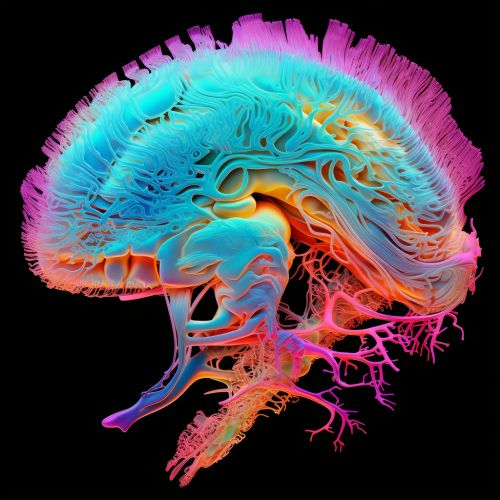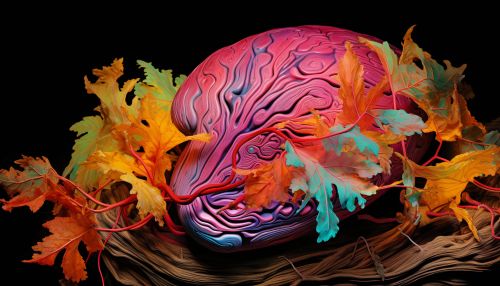Magnetic Resonance Imaging in Neuroscience
Introduction
Magnetic Resonance Imaging (MRI) is a non-invasive imaging technology that produces three dimensional detailed anatomical images. It is often used for disease detection, diagnosis, and treatment monitoring. In the field of neuroscience, MRI plays a crucial role in the visualization of the structure and function of the brain, spinal cord, and other related systems.


Principles of MRI
MRI is based on the principles of Nuclear Magnetic Resonance (NMR). When placed in an external magnetic field, certain atomic nuclei can absorb and emit radio frequency energy. This principle is exploited in MRI by using very strong magnetic fields and radio waves to generate signals from the body, which are then processed to produce images.
MRI in Neuroscience
In neuroscience, MRI is used to study tissues of the nervous system, including the brain and spinal cord. These studies are used to understand the normal and pathological structure of the nervous system. MRI provides detailed images of the brain and spinal cord, enabling the identification of abnormalities and aiding in the diagnosis of neurological disorders.
Structural MRI
Structural MRI provides detailed images of the brain and spinal cord. It is used to study the anatomy of the brain and to identify abnormalities in the brain structure. Structural MRI can be used to diagnose a variety of neurological disorders, including multiple sclerosis, Alzheimer's disease, and Parkinson's disease.
Functional MRI
Functional Magnetic Resonance Imaging (fMRI) is a type of MRI that measures brain activity by detecting changes in blood flow. When an area of the brain is in use, blood flow to that region also increases. fMRI can be used to produce activation maps showing which parts of the brain are involved in a particular mental process.
Applications of MRI in Neuroscience
MRI has a wide range of applications in neuroscience. It is used in research to measure brain structure and function, in clinical practice to diagnose and monitor disease, and in surgery to guide interventions.
Research
MRI is a powerful tool for neuroscience research. It can be used to study the structure and function of the brain in health and disease. For example, researchers use MRI to study the effects of aging on the brain, the neural correlates of cognitive processes, and the pathophysiology of neurological disorders.
Clinical Practice
In clinical practice, MRI is used to diagnose and monitor neurological disorders. It can detect abnormalities in the brain and spinal cord, and can be used to monitor the progression of diseases and the response to treatment.
Surgery
MRI is also used in neurosurgery to guide surgical interventions. For example, surgeons use MRI to plan surgeries, to navigate during surgery, and to monitor the outcome of the surgery.
Future Directions
The field of MRI in neuroscience is continually evolving, with new techniques and applications being developed. Future directions include the development of new MRI techniques to improve image quality and resolution, the integration of MRI with other imaging modalities, and the development of new applications for MRI in neuroscience research and clinical practice.
